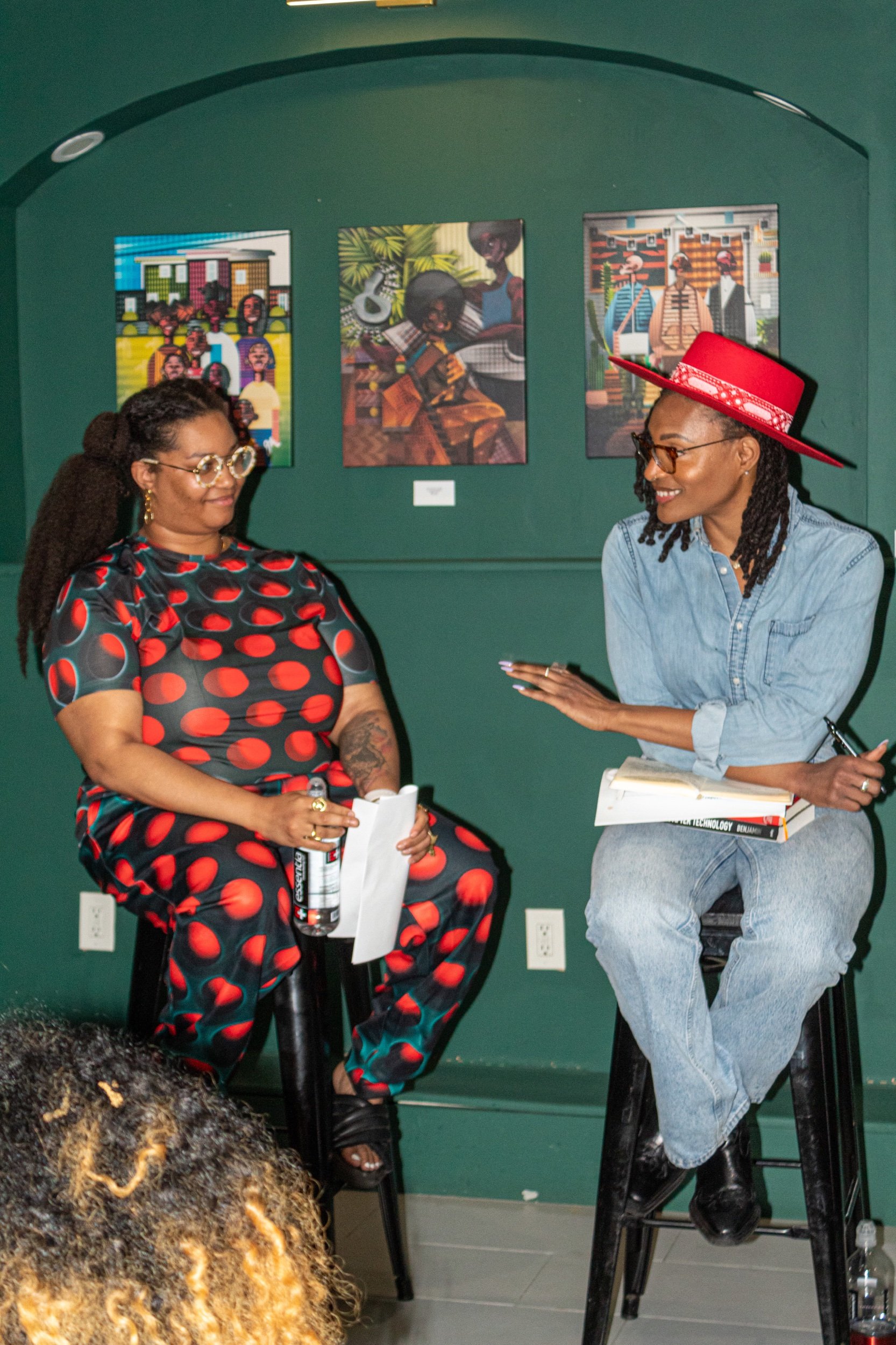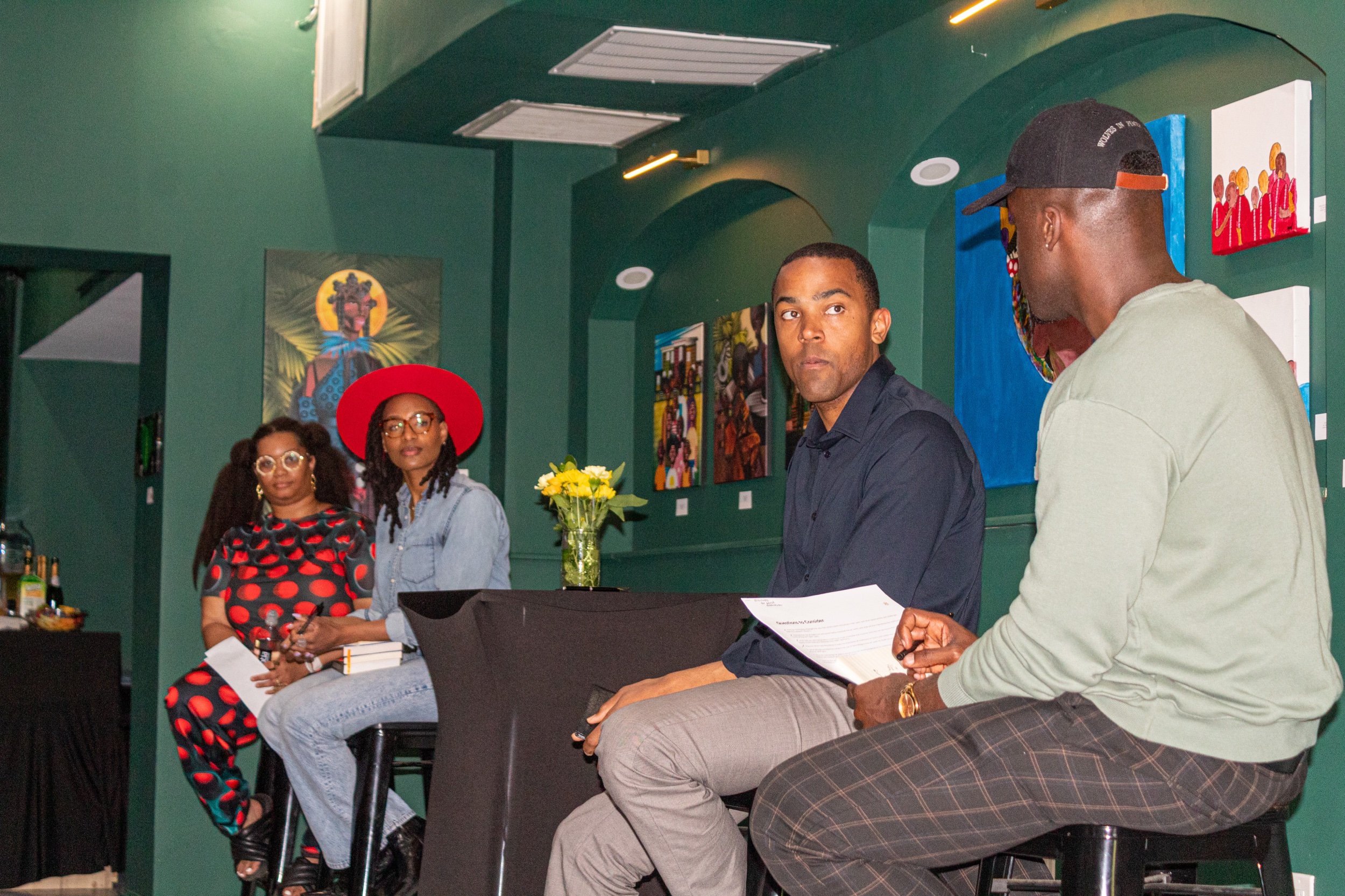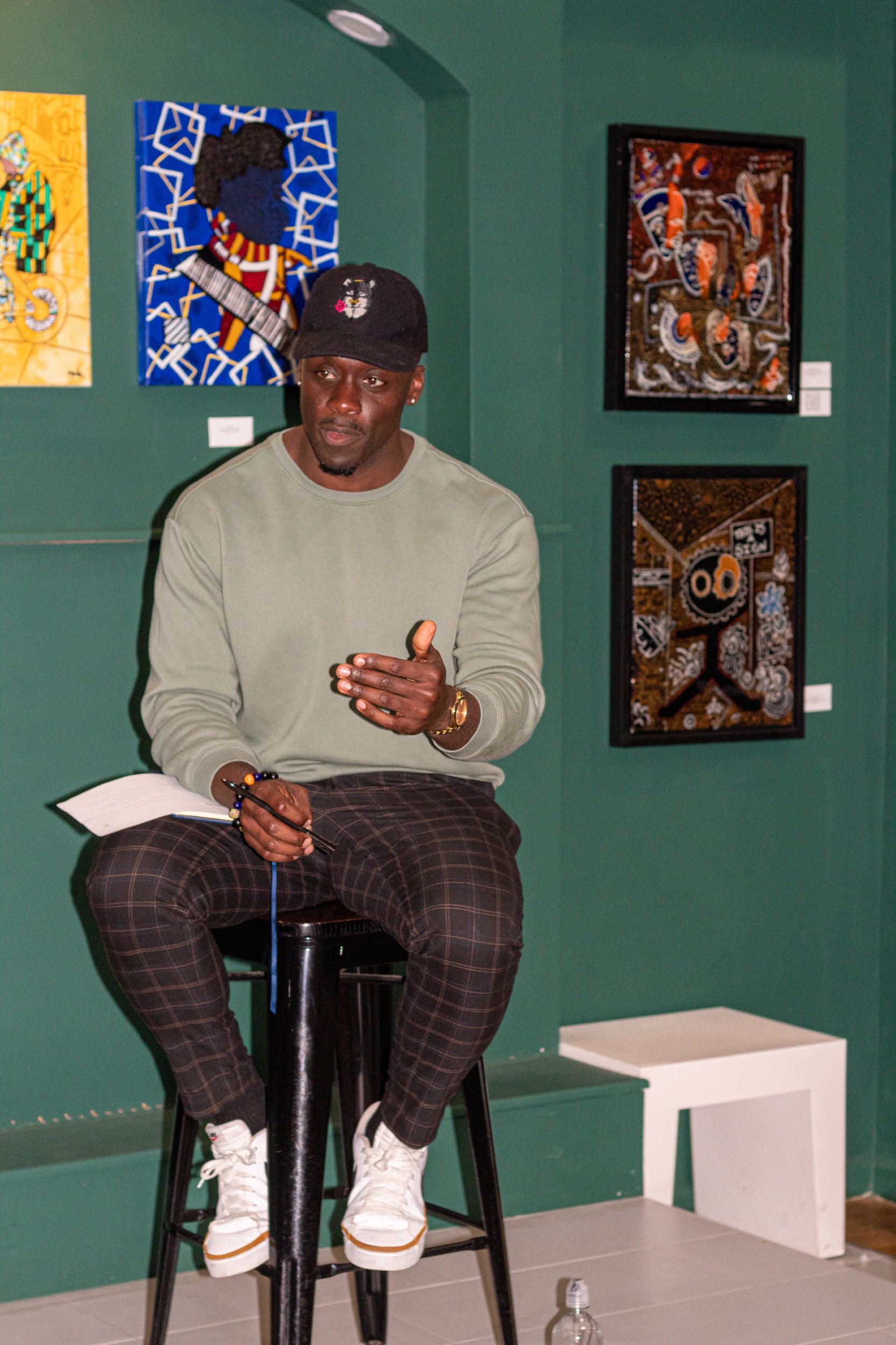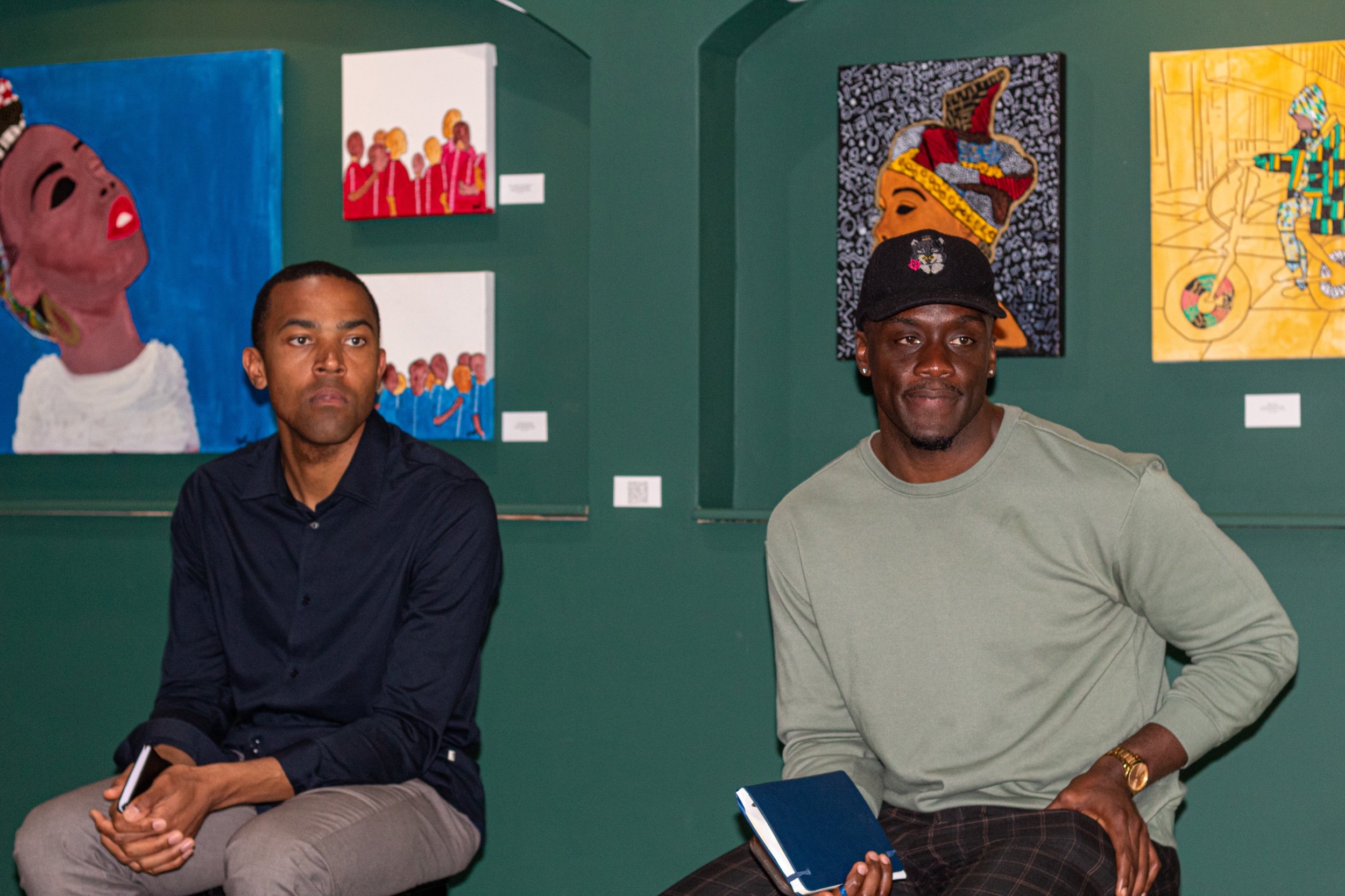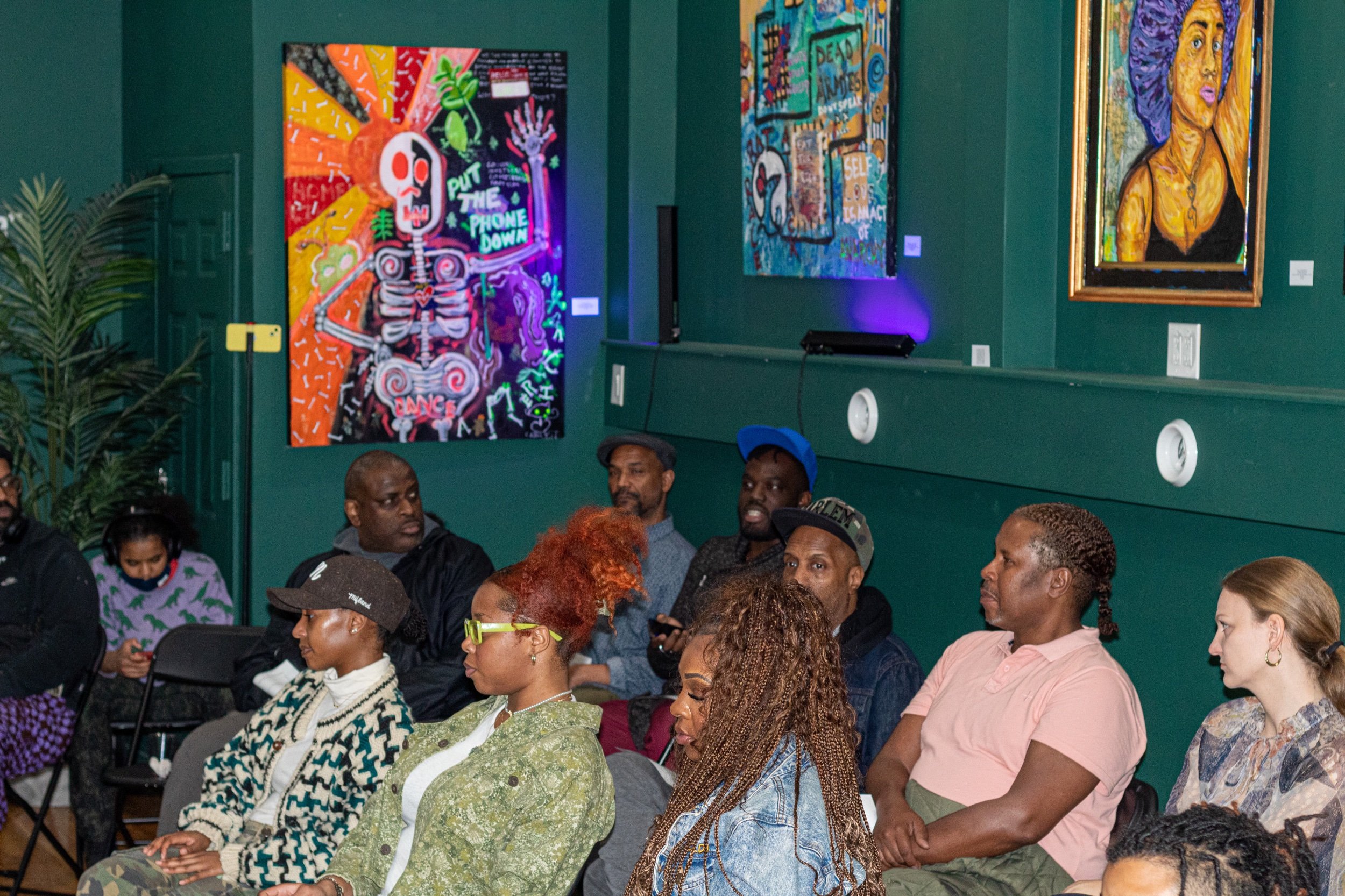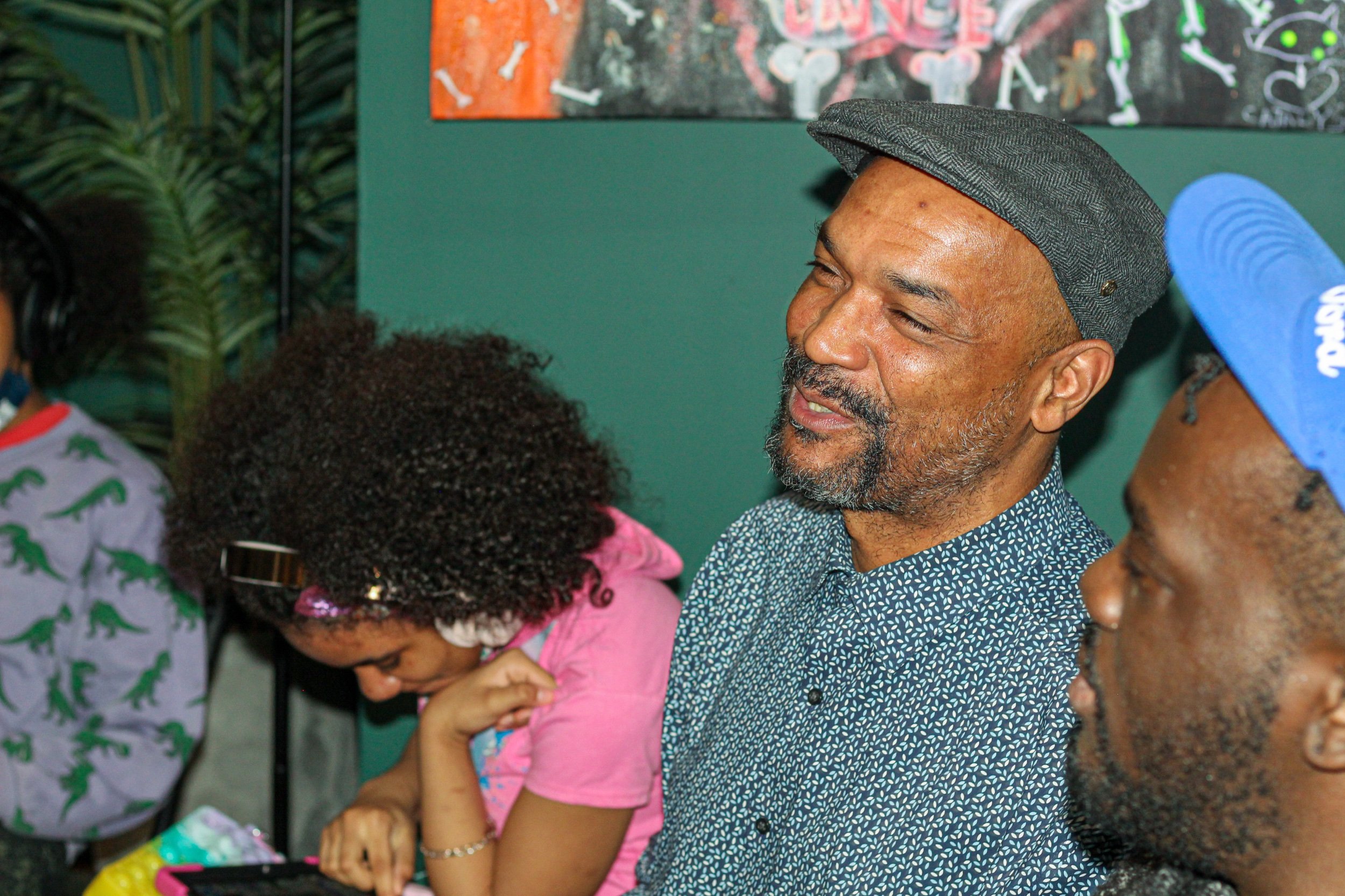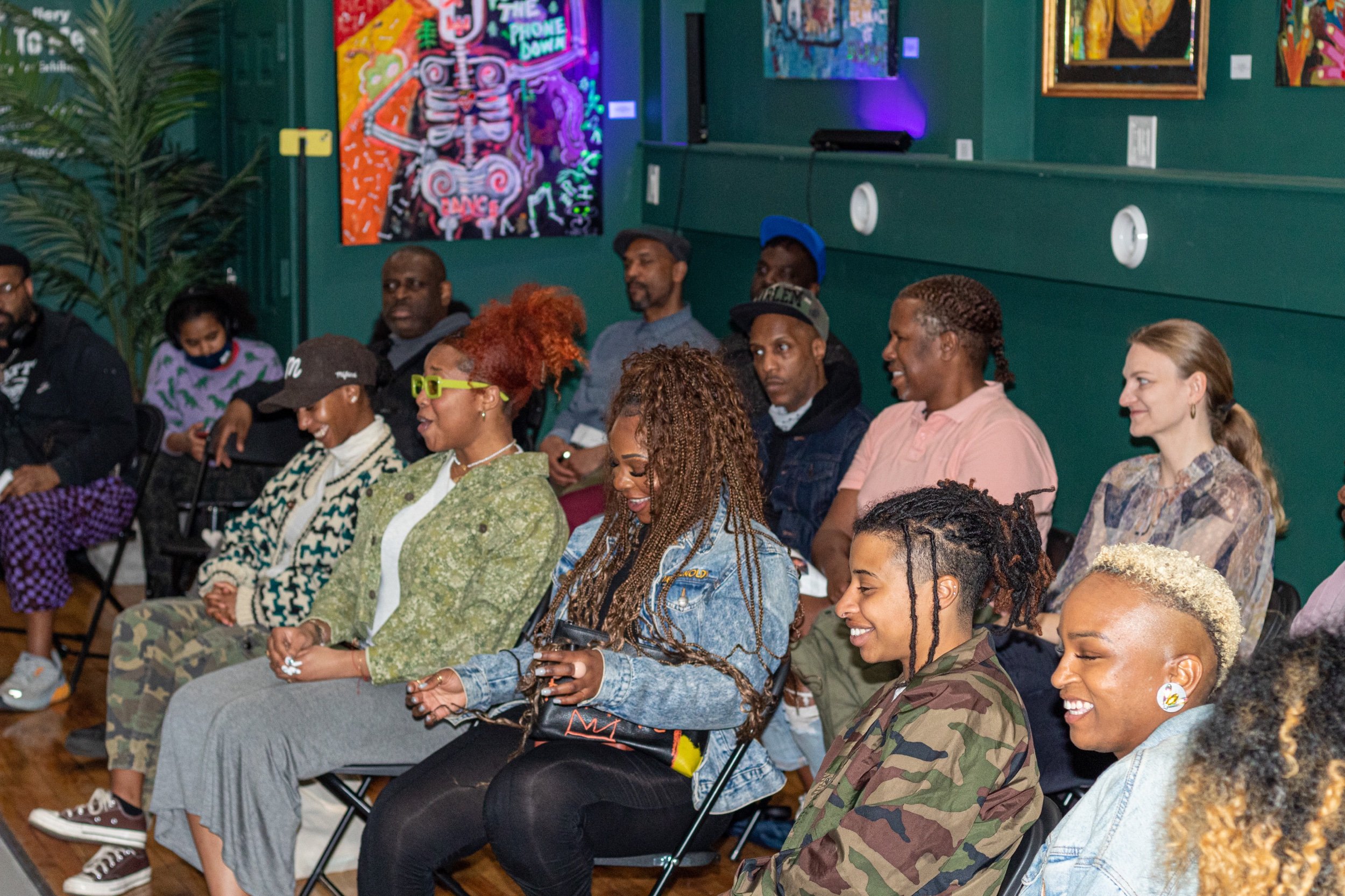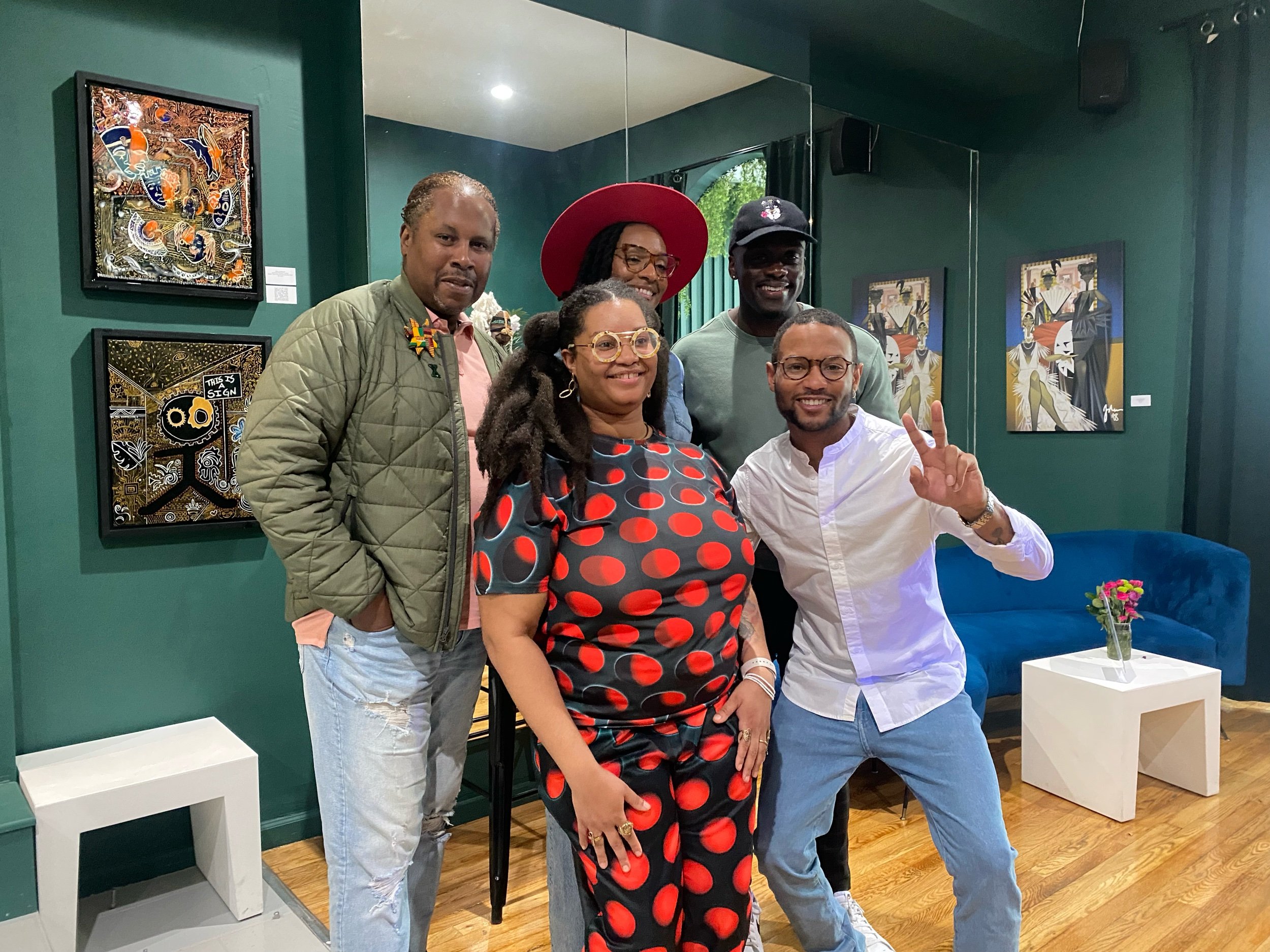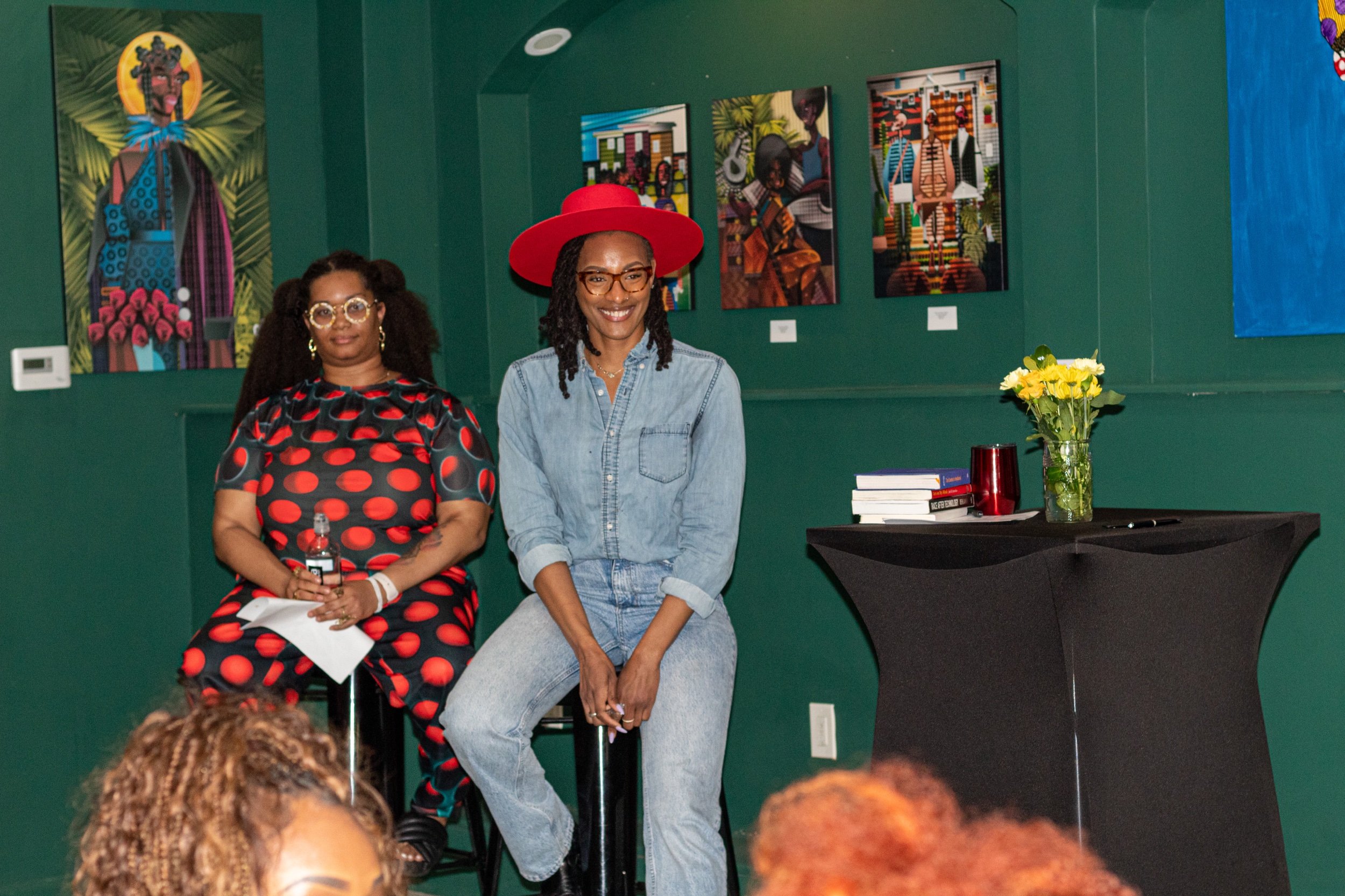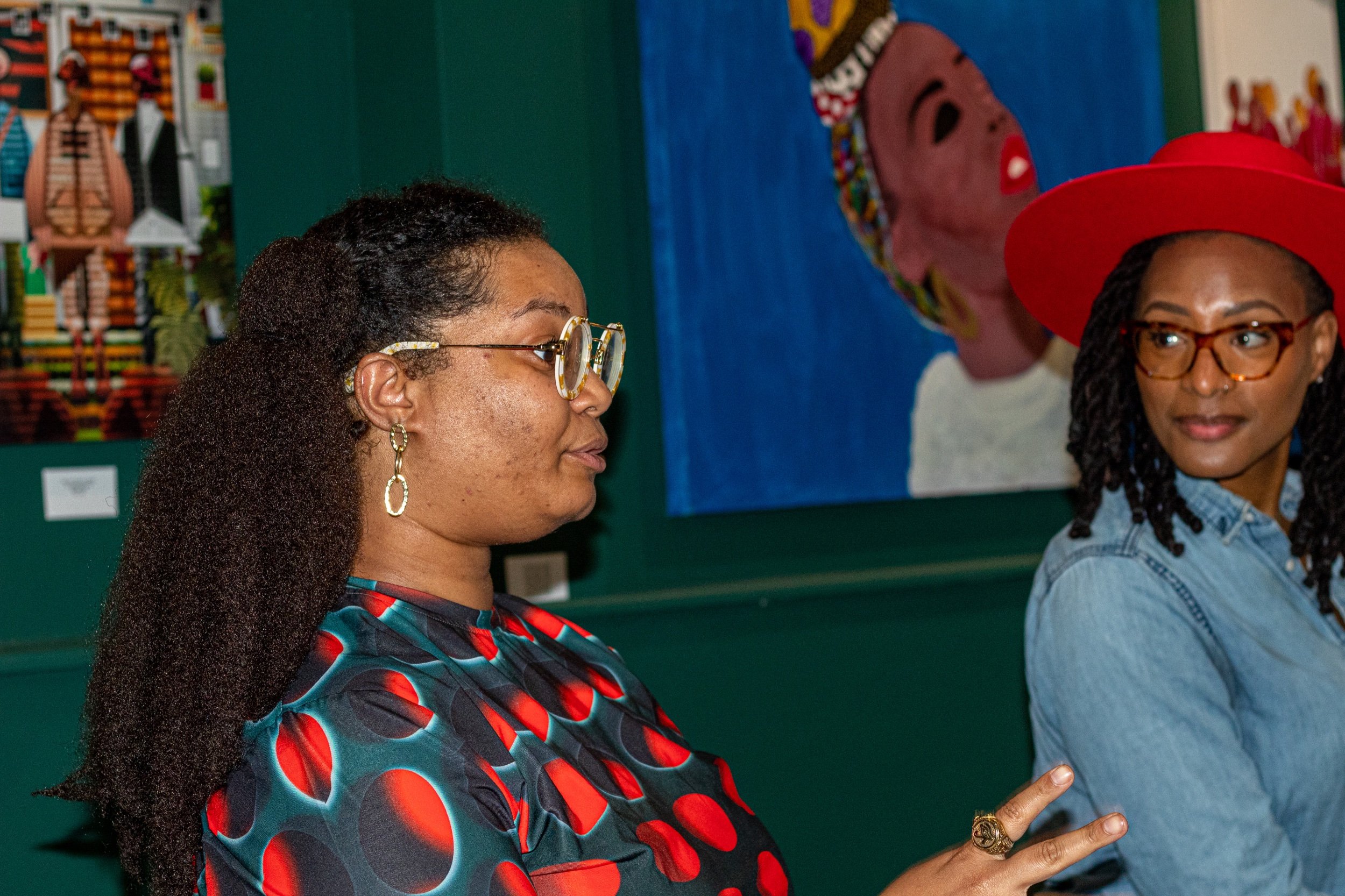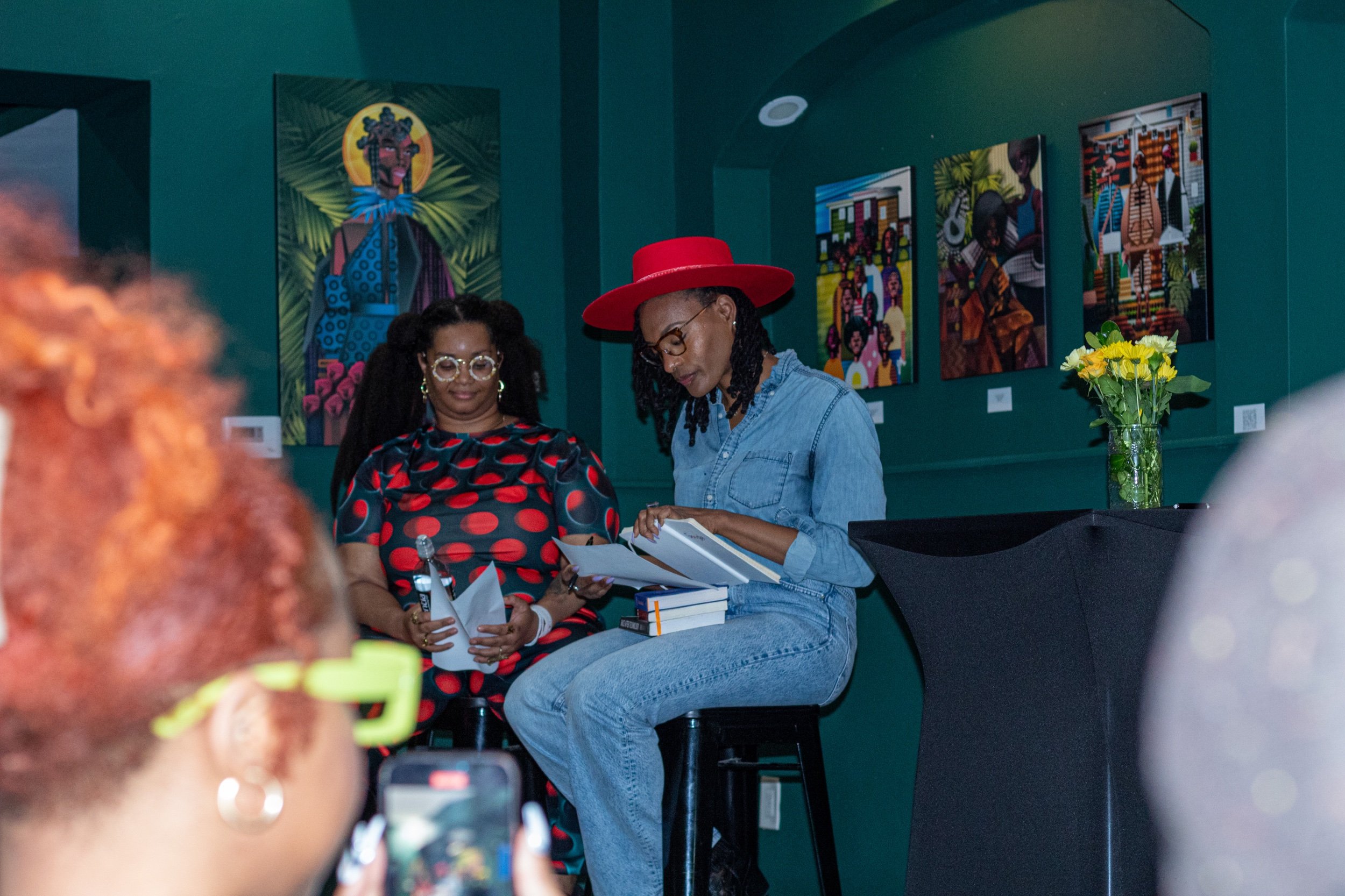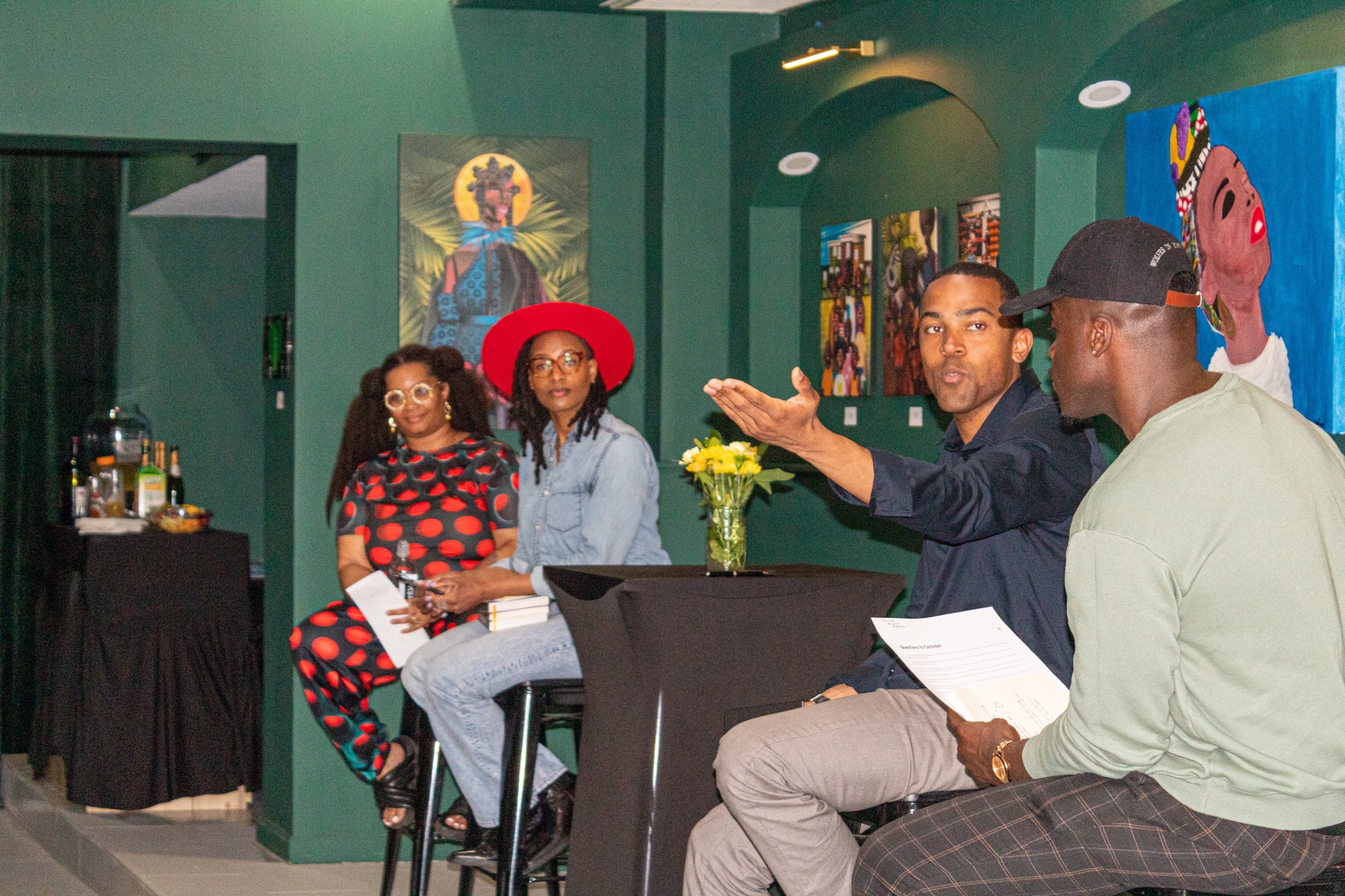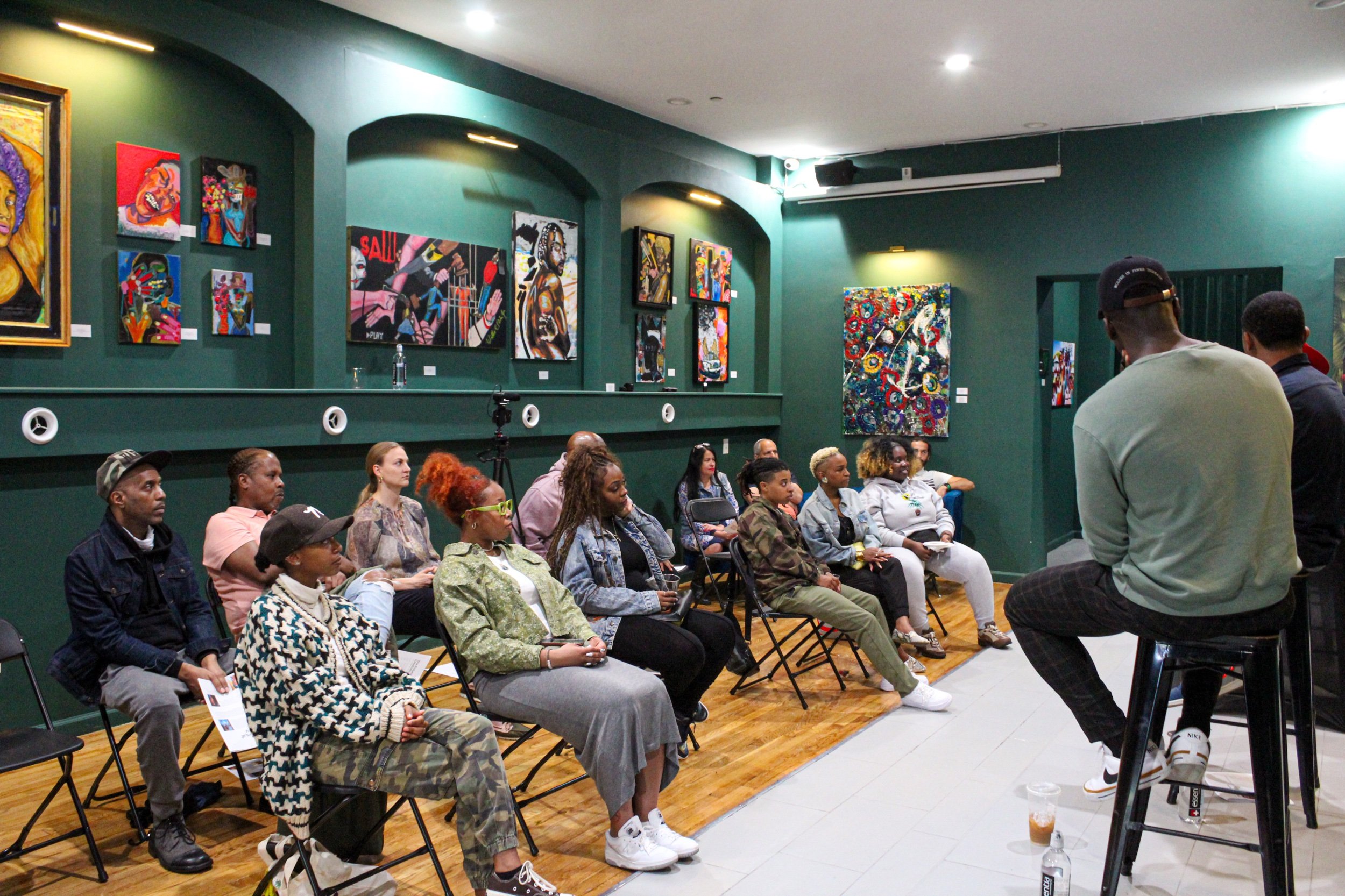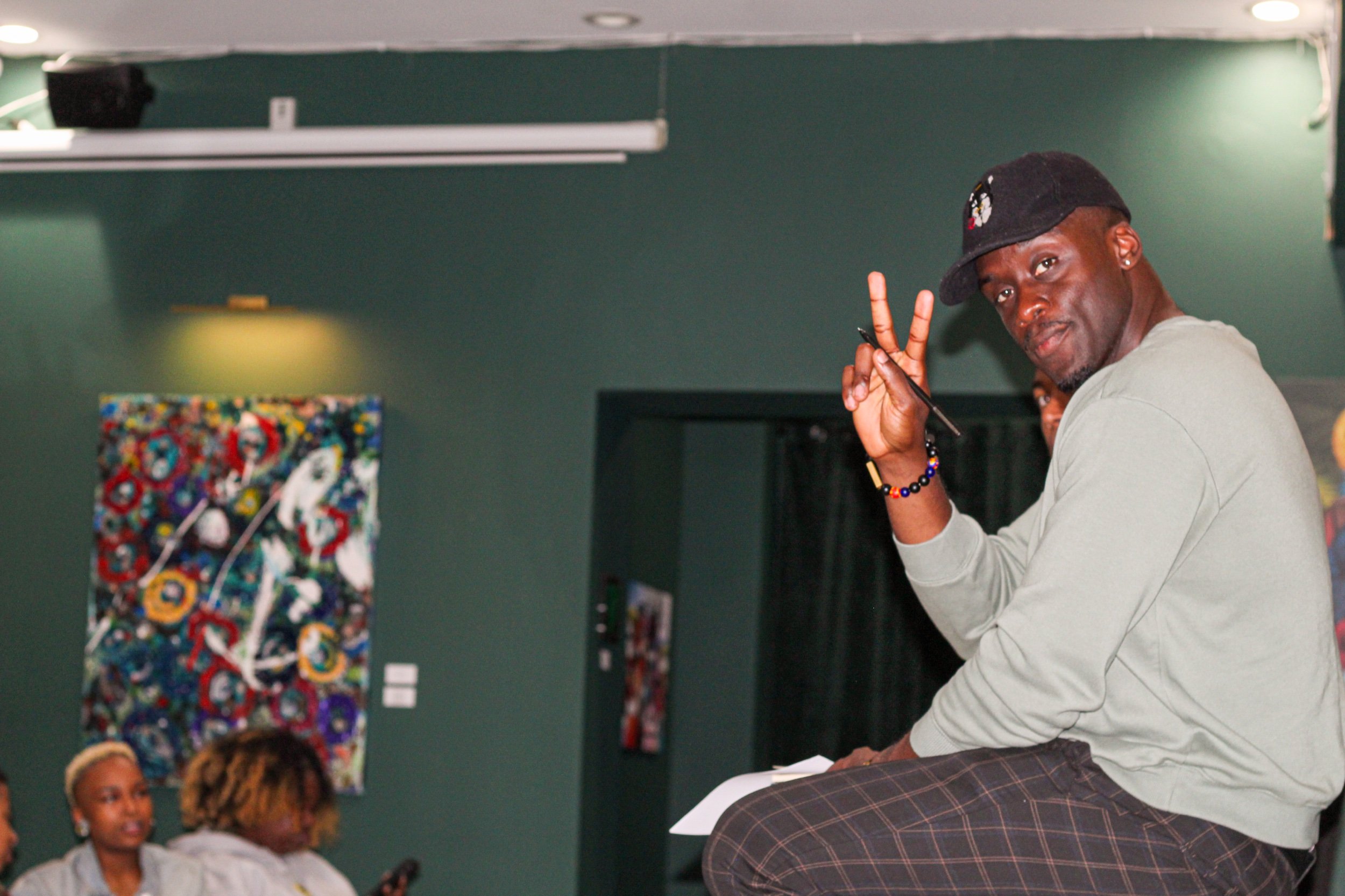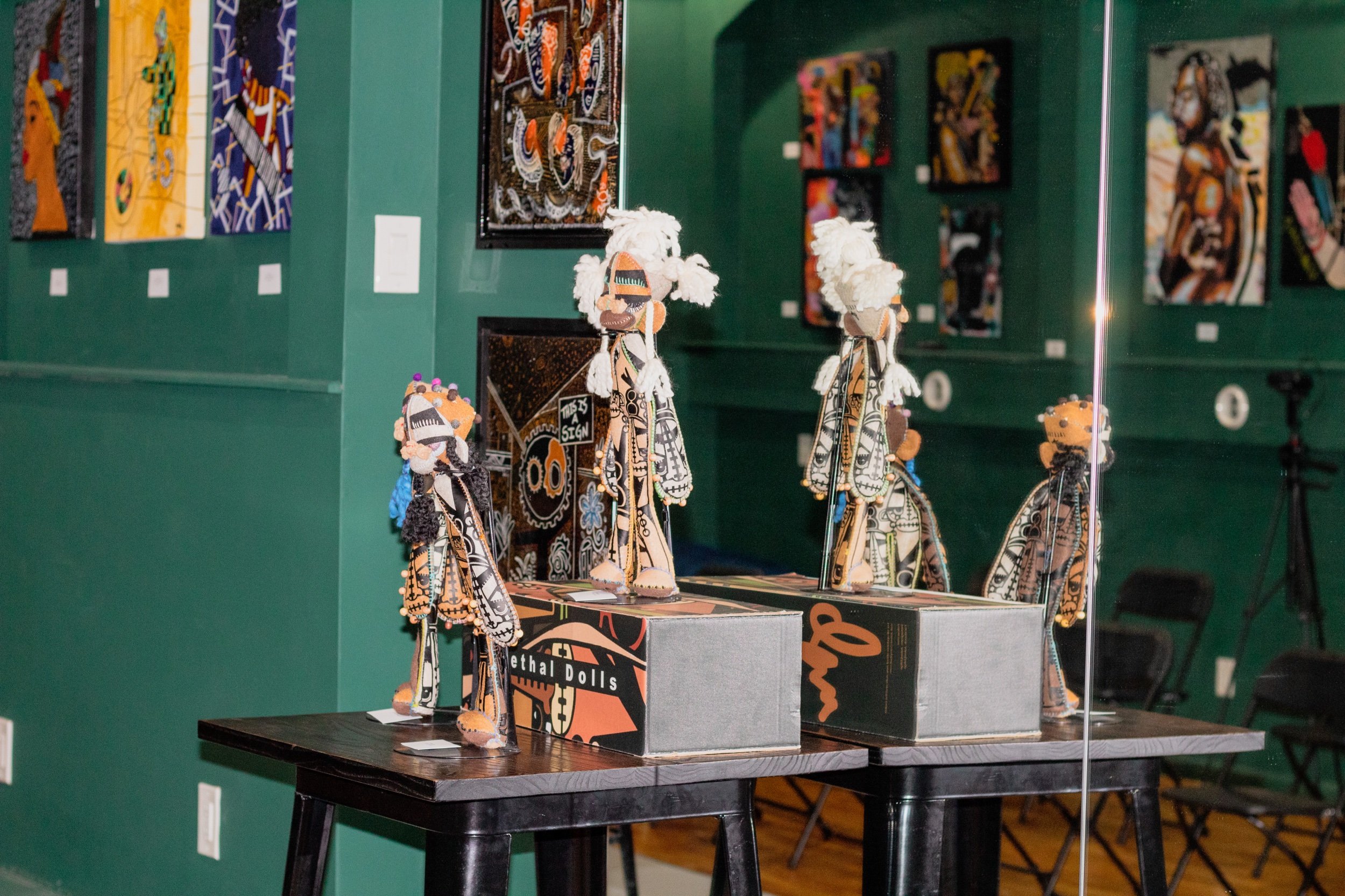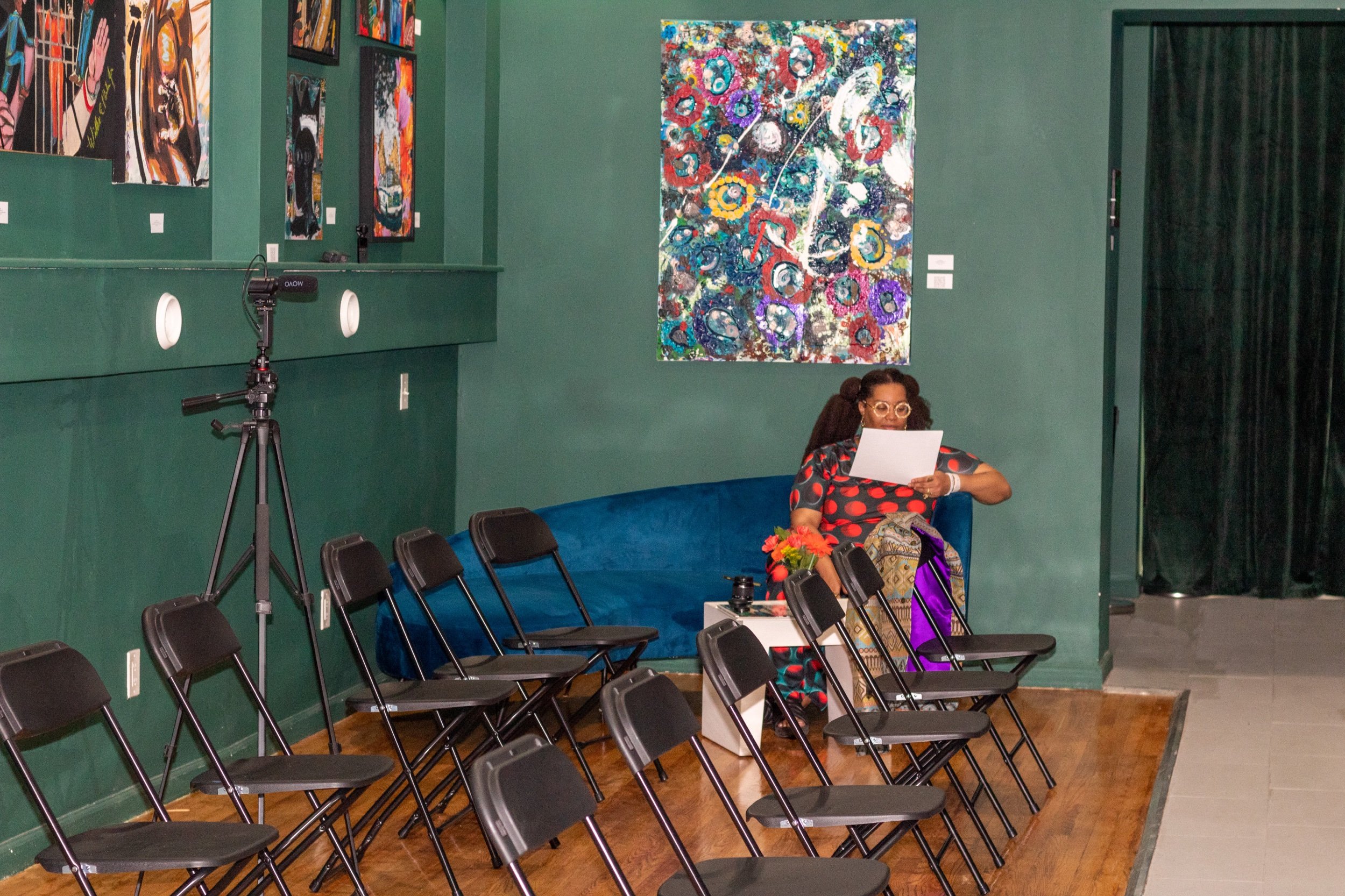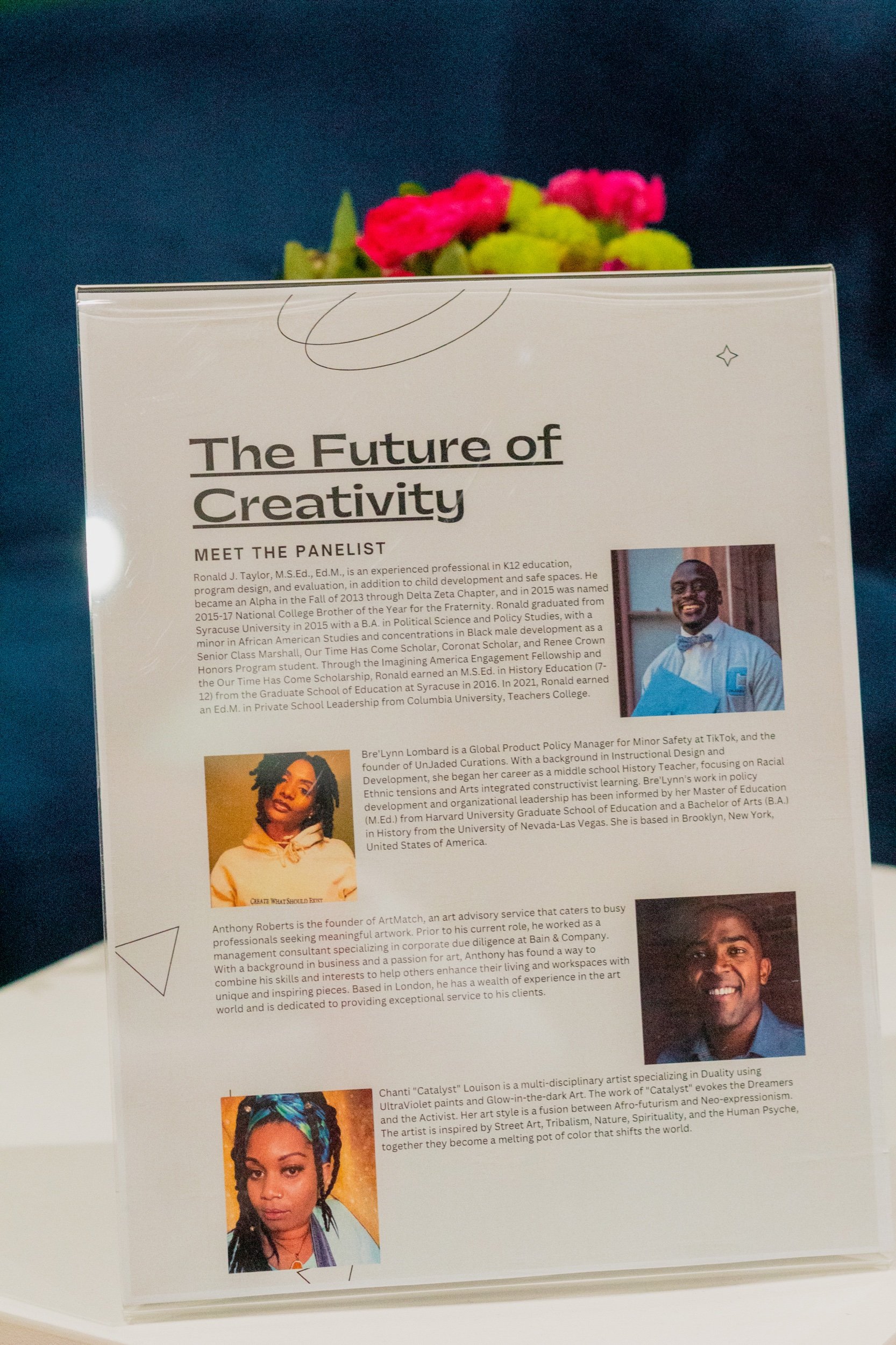The Future of Creativity; The Intersection of Art & Technology
The creative industry has been significantly impacted by advancements in technology. Emerging technologies such as Artificial Intelligence (AI), Augmented/Virtual Reality, blockchain, and others are changing the way content is produced, distributed, and consumed. According to McKinsey, these technologies could also affect production rights, third-party monetization, and data transfer of creative work, enabling the repurposing of creative content while safeguarding the intellectual property of artists [1]. Additionally, AI is transforming creative industries such as music, where it is more likely to help than lead to job losses [3]. Blockchain technology, on the other hand, can help creative industries benefit by creating new revenue streams and enabling more secure and efficient digital rights management [4]. These disruptive technologies are transforming the creative process and shaping the future of design [5].
To explore this topic more, I teamed up with a group of artists and entrepreneurs to host a community panel discussion at Cafe Melo Art Gallery Harlem. The panel featured Ronald Taylor, Product Policy Manager at TikTok, as the moderator; Anthony Roberts, Founder and CEO of ArtMatch Art Advisory; Chanti Louison, a Multi-Disciplinary Artist; and Bre'Lynn Lombard, Founder of UnJaded Curations. Each speaker gave a unique perspective on how their work fits into this intersection between art and technology and what future implications they are seeing in the creative industry. Some of the questions that we discussed were:
How has technology changed the way that artists create and present their work, and what opportunities and challenges does this present?
How has the rise of digital art and social media impacted the art world, and what are the implications for traditional forms of fine art?
What role can technology play in making art more accessible and inclusive, and how can we ensure that all artists have access to the tools and resources they need?
How can artists use technology to push the boundaries of traditional art forms and create new, innovative works?
What ethical considerations arise in the use of technology in fine art, such as issues around ownership, copyright, and privacy?
Check out the full panel discussion below:
For more information about the artwork featured in the space click here.
Tools & Resources for Artist & Entrepreneurs:
Adobe Sensei - this AI-powered tool is integrated into Adobe Creative Cloud and offers features like auto-tagging, image recognition, and more.
IBM Watson - Watson is a suite of AI-powered tools that can be used for a wide range of applications. For artists, it can be used for image recognition and analysis, while for entrepreneurs, it can be used for chatbots and natural language processing.
Artomatix - this tool uses AI to create high-quality 3D models and textures, which can be helpful for artists working in the gaming or film industries.
Canva - this popular graphic design tool has an AI-powered feature that suggests design elements based on the content you upload.
Hugging Face - this tool offers a wide range of natural language processing models that can be used for chatbots, language translation, and more.
RunwayML - this tool provides a platform for artists and designers to experiment with AI-generated content, including image and video synthesis.
Google Cloud Vision - this tool offers image recognition and labeling capabilities, which can be useful for artists and entrepreneurs working with large collections of images.
Autodesk Dreamcatcher - this generative design tool uses AI to create optimized designs based on user input.
These are just a few examples of the many AI-powered tools available to artists and entrepreneurs. Depending on your specific needs, there may be other options that are more suitable for you.


